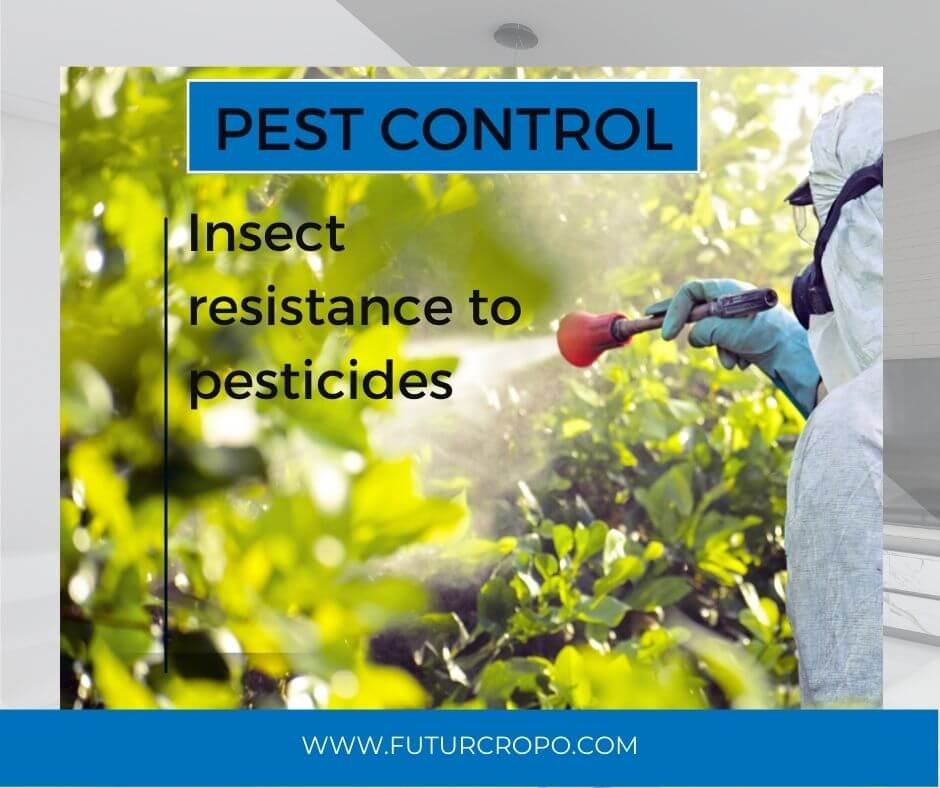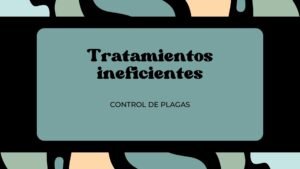
Contents
Insect resistance: When pesticides no longer protects crops
Currently, more than 700 species of insects or mites have developed resistance to insecticides, to some phytosanitary product (organophosphates, carbamates, pyrethroids, cyclodienes, etc.).What happens when the insecticide no longer protects crops?
The resistance of pests to insecticides cannot be confused with the lack of effectiveness of a treatment, since the ineffectiveness may be due to other factors, such as poor application, inadequate treatment time, a poorly chosen product, etc. Specifically, resistance occurs when a population of the pest has genetically acquired the ability to tolerate a dose of the insecticide that would be lethal to the original population of the insect.
The resistance to insecticides of agricultural pests is mainly due to the fact that normally in a given population, there will always be a percentage (even if it is very small) of individuals less susceptible to the action of certain chemicals, which, exposed to these products are able to survive. The descendants of these few survivors inherit the least susceptibility to the action of insecticides, until after several generations practically the entire population is resistant.
The pesticide acts, causing a natural selection of individuals, an evolutionary process on a small scale and very quickly.
For example, any population, where susceptible (90%) and resistant (10%) individuals naturally coexist, when applying the insecticide mainly susceptible individuals die and the population is enriched with resistant individuals. The new population will have a ratio of 66% to 33%. If we again subject it to the action of the same insecticide, the next generation will be expressed in proportion 25% to 75%, where resistant individuals will already predominate.
Guide to avoiding pest resistance to insecticides
To avoid the phenomenon of insecticide resistance, proper pesticide management should:
- Avoid unnecessary treatments, preventive, etc.
- Apply the insecticide at the right time. In general, it is more efficient to carry out treatments when the pest is in its early larval stages, since they are usually much more susceptible and, therefore, much better controlled by insecticides than later stages.
- Use the exact doses recommended on the label. The use of lower doses (sub-lethal) quickly selects moderately tolerant populations, while doses higher than those recommended may impose excessive selection pressures, also favoring the emergence of resistance.
- When multiple applications are made per year or campaign, alternate products with different Mode of Action (MoA).
- In case of inefficient treatments, switch to an insecticide belonging to another group with different MdA, which does not have known cross-resistance with the initial one.
- Keep shelters with individuals sensitive to the action of insecticide.


FuturCrop calculates short-term forecasts of the activity of 179 agricultural pests, based on accumulted temperature thresholds associated with critical stages of their life cycle.
FuturCrop forecasts indicate, for a given day, the stage of the pest’s life cycle and the day for the most efficient treatment.
Links of interest
In Pesticides resistance Organization you can consult the resistances developed from 1914 to the present to specific active substances.








